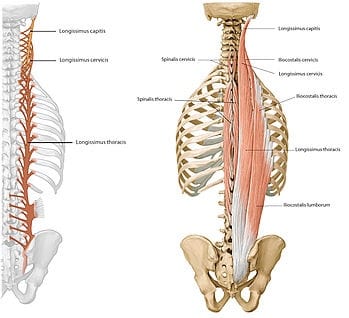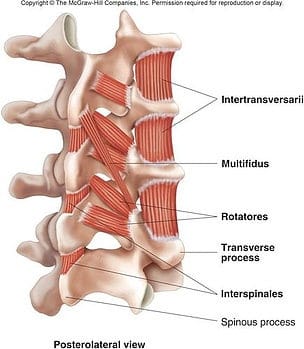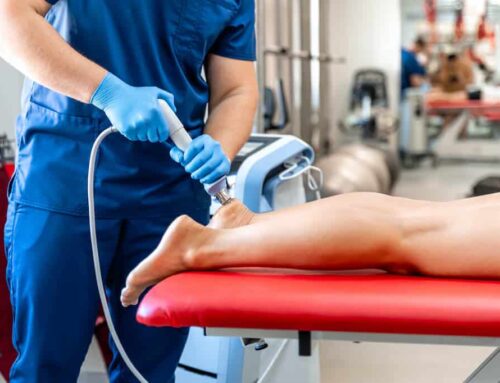Gather round, folks. It’s story time. When I was going through my last clinical rotation in Physical Therapy school, at the USC Student Health Center, I had an interesting patient. She was a young woman, fairly active, and by all accounts a normal student. She came into the PT clinic with some back pain that would tend to pop up when she was sitting or standing in the same for prolonged periods, lifting heavy objects, and doing activities that put a lot of load on her body in general, like pushing or pulling heavy things. After evaluating her, I found no significant structural causes for her back pain, but did find that she was weak in the muscles that stabilize her low back, she had no core strength. When I told her this information, she looked at me with confusion and said, “But I have strong abs. I do sit ups and yoga and work out. I can’t be weak because I have strong abs.” I went on to explain that she could have strong abs, but if she didn’t have core strength in the muscles that stabilize her spine, her back would be caught in the middle of a tug of war.
giphy.com
Her abs are the left and now named Patches
To put it simply, there is a tug of war constantly going on throughout the spine between the muscles that produce movement and the muscles that provide stability. These muscles make up your core. The big, long muscles that cross many levels of vertebrae are great at what they do. They allow us to bend forwards, backwards, twist, and turn to either side.
www.winkingskull.com
Additional problems arise when the big movers eventually begin trying to perform the small stabilizing movements as well, resulting in them getting over-worked. This book we developed is designed to help with just that.
What these muscles are not good at is providing stability to the spine. This is because the fact that they are so long, cross multiple joints, and are often not right next to the bones of the spine. The spine is made up of multiple levels of vertebrae. If there was nothing stabilizing the spine when these large muscles moved the back, then the individual vertebrae would shift and constantly put stress on the joints and the discs in the low back. To combat this, we have muscles throughout the spine that are small, cross only 1 or 2 levels of the spine, and attach very close to the vertebrae. These muscles being strong is a true test of core strength.
www.s-media-cache-ak0.pinimg.com
These muscles responsible for your core strength would be the little puppy from the picture above.
In the case of our strong-abs young woman, she had a weakness in these muscles. Every time she would perform an activity that put a large load on her low back, her small stabilizers would lose the tug-of-war to the big movers and she would irritate the joints in her back.
After going through this explanation with her, the confused (and mildly offended) look on her face changed to a mixture of skepticism and optimism. I showed her a few exercises for low back pain that were admittedly not very exciting, but targeted the root of her problem. She left that first day with a new exercise program and an understanding of what was previously a confusing problem. Within a couple of weeks, she had no pain and was able to perform all of her activities with no problems.
It's common to have a tug-of-war occur between the strong and weak parts of the body. In the case of low back pain, it is especially important to make sure both sides (movers vs. stabilizers) can properly hold their own.
giphy.com
My money's on the one in slightly greener camo.










